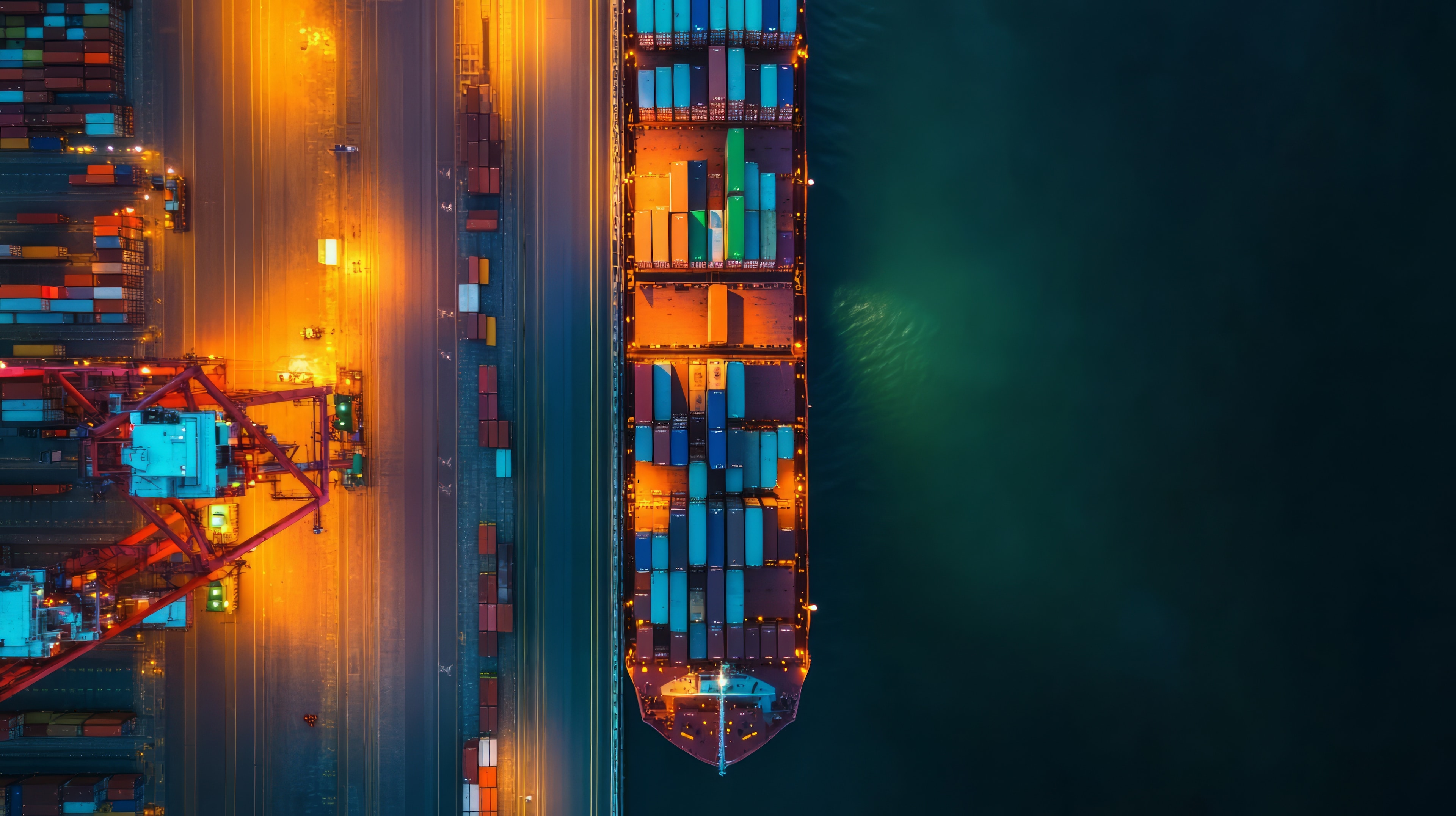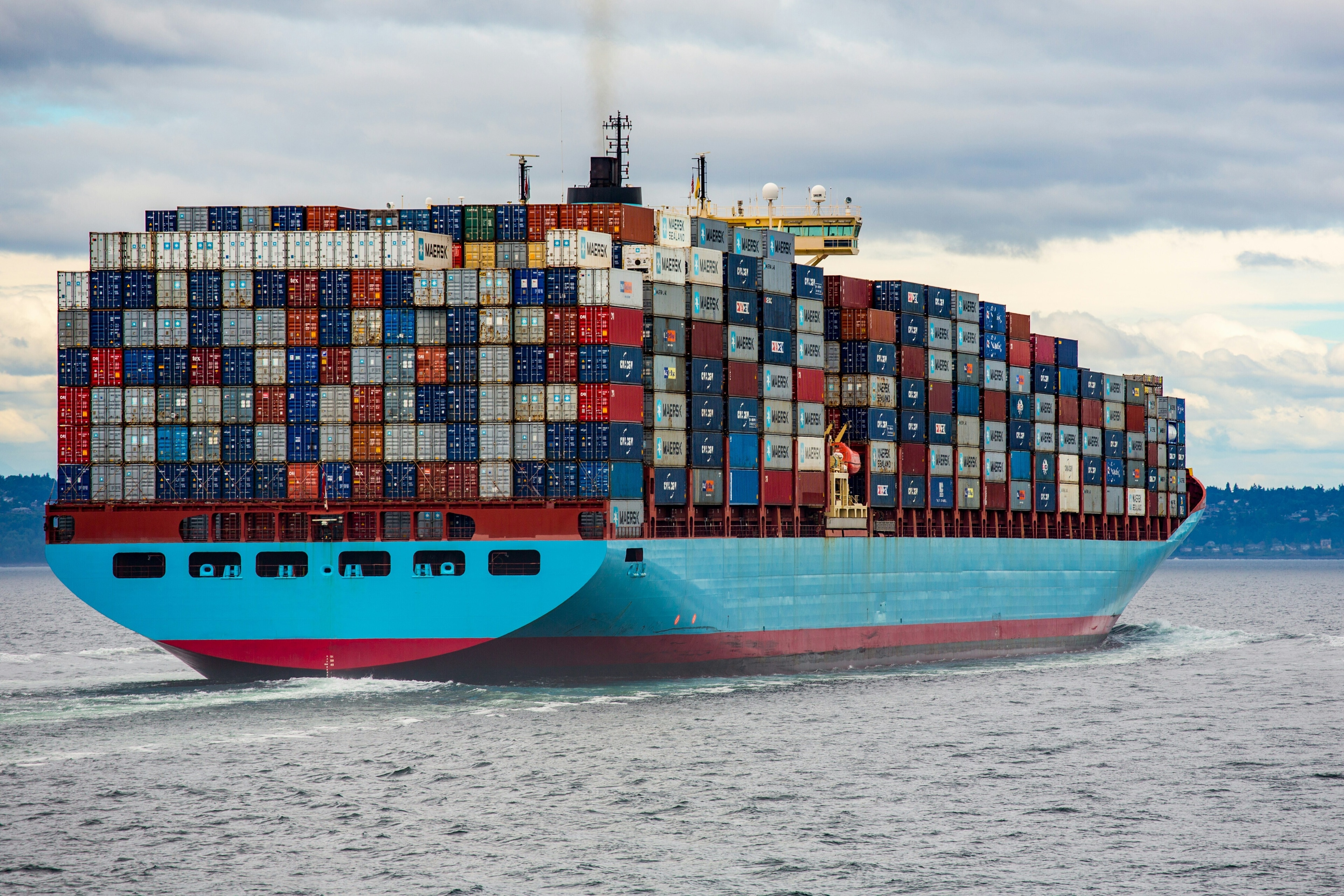The reason behind the global surge in protectionism

Economists have traditionally emphasised the benefits of openness to trade, but populists resist it. How generalised is the demand for trade protection?
Image: REUTERS/Fabiane Bimmr
Dani Rodrik
Ford Foundation Professor of International Political Economy, Harvard Kennedy School of GovernmentStay up to date:
Social Protection
In 2019, US President Donald Trump made good on his campaign promises, putting up tariffs on billions of dollars’ worth of imports from the rest of the world. China was the main target: by May of that year, he announced a 25% tariff on $325bn of Chinese products.1 Critics pointed out the costs of such trade wars. While they emphasised the many advantages of mutually beneficial exchange, they also conceded that trade with China had generated labour market dislocations. Indeed, economists, such as Autor et al. (2013), had previously documented the ‘China Shock’ – how rising imports from that country had caused higher unemployment, lower labour force participation, and reduced wages across many local labour markets. But economists explained that the less costly solution to those problems involved financial transfers to those affected, such as unemployment insurance, and access to retraining programmes. In economic models, trade protection is a highly distortionary way of compensating the losers: it (over-)taxes a narrow range of commodities (imports) and encourages inefficient domestic production.
Economists also explained that populists’ embrace of protectionism was puzzling because trade with China was just one of many shocks affecting labour markets. Technological innovations, changes in consumer taste, and even managerial mistakes were all known to have also affected demand and supply conditions in these markets. Just like trade shocks, these forces had also caused firms to adjust by contracting or expanding production, and by moving from one location to another.
Even looking beyond the role of China, most estimates revealed that international trade and offshoring accounted for a small proportion of US labour market dislocations. Technological change – automation – and domestic demand shifts were the prime culprits behind both cyclical labour market swings and long-term secular losses of manufacturing jobs (de-industrialisation). Acemoglu et al. (2016) estimated that the China trade shock accounted for 10% of the job loss in manufacturing during the 2000s (or at most nearly 20% when the indirect effects were considered). Yet, political resistance to technology adoption or to shifts in domestic demand patterns paled in comparison to the political reaction to trade-related job losses. Economists often underscored the influence of business groups seeking protection for their sectors, but protectionism appeared popular with voters more broadly.
Where did the anti-trade sentiment come from? Was it that voters exaggerated the relative significance of trade shocks, relative to other labour market disruptions? Or were they more easily swayed by demagogues who exploited chauvinistic sentiment and targeted foreign nations? Alternatively, did voters have preferences over the processes that lead to unemployment? In other words, could it be that they viewed trade shocks during this period as different from other kind of shocks, deserving a stronger government response?
In our work we provide evidence in favour of the last hypothesis (e.g. Di Tella and Rodrik 2019). People view trade shocks as being inherently different from other kinds of shocks. In other words, they care not only about job losses, but also about how those job losses come about. In our estimates, they are particularly sensitive to job losses due to international trade and, within trade, to international outsourcing to poor (as opposed to rich) countries. These patterns are inconsistent with the other hypotheses listed above. For example, chauvinistic sentiment in the US is unlikely to lead to a higher response to ‘losing’ trade to a poor nation than to a richer, worthier ‘rival’. Importantly, policy preferences are not fixed; they are malleable and easy to manipulate. Protectionist tendencies can be magnified through the provision of appropriate narrative frames.
Our evidence comes from the US, where we implemented a largescale online survey in which subjects were exposed to a piece of news formatted as a newspaper article on an impending garment plant closure. Subjects were divided randomly into six treatment groups corresponding to the six different scenarios described in the ‘news article’: (1) a drop in the demand for the good produced by the factory (a ‘demand shock’); (2) disruption in production due to new, labour-saving technology (a ‘technology shock’); (3) mistakes by management (‘bad management’); (4) international outsourcing to an advanced country; (5) international outsourcing to a developing country; and (6) international outsourcing to a developing country with an emphasis on poor labour standards.
To contrast against these six treatments, we had a control scenario where the news article discussed changes in the factory without mentioning job losses. Our subjects were then asked about their support for various types of government action. They could choose to do nothing, provide government transfers to the displaced workers in the form of unemployment insurance or retraining, or impose trade protection. The baseline results broadly bring good news for the economic approach: the vast majority of respondents favour transfers (70%), while a small group (9%) favour protectionism.
Figure 1 Preferred responses to labour market displacement shocks

A basic result is that people respond strongly to job losses. Exposure to our news stories about labour-market shocks resulted in a sharp increase in support for government action across all treatments. The desired government response, however, was heavily biased towards trade protection rather than financial assistance. There was a small increase in the demand for government transfers, while demand for trade protection increased by a magnitude that ranged between 20% and 200%.
Even though non-trade shocks such as technology and demand shocks did increase the demand for protection, trade shocks elicited a much more protectionist response (see Figure 1). Among trade shocks, our respondents exhibited greater sensitivity to trade with a developing nation than to trade with a developed nation. Simply changing the name of the country to which production is outsourced from “France” to “Cambodia” increased the demand for import protection by 6 percentage points (which was more than half the baseline level of demand for trade protection.)
Even if the baseline preferences of our sample (in the control group) are consistent with the economists’ approach (exhibiting a strong preference for unemployment compensation and training assistance), our treatments produce a much greater boost in favour of protectionism than in desired transfers. We find that trade protection is nearly always the favoured response to labour-market shocks, even when job losses are due to non-trade factors such as technology and demand shocks. Surprisingly, shocks unrelated to trade generated little change in demand for transfers.
An interesting exception is the case of job losses caused by management failures. It is the only case where we see a significant increase in the demand for compensatory transfers, and also the only case without a significant rise in the demand for protection. Unlike transfers, trade protection helps employers as well as employees. Our respondents seemed unwilling to reward management through import protection when job losses were due to management failure – and hence the preference for direct transfers to labour in this scenario.
We also found some interesting differences in responses across groups with different political ideologies. We grouped subjects according to whether they were pro-Clinton, Centre (but leaning Clinton), Centre (but leaning Trump), or pro-Trump during the 2016 presidential election. Predictably, Trump supporters were on average more protectionist than Clinton supporters, and they reacted much more strongly in favour of protectionism when primed with a trade shock. So, respondents who were politically aligned with Trump exhibited more elastic demand for trade protection than those aligned with Clinton. But the effect of priming for trade shocks on Clinton supporters was still sizable. We found that Clinton supporters primed with trade shocks were as protectionist as baseline Trump voters.
We observed another ideological difference in the case of our treatment that explicitly cited poor labour standards in the poor country. When we divided respondents into groups that reflect political orientation, we found that mentioning labour abuses increased the demand for trade protection by ‘liberals’ (Clinton voters) while decreasing it among Trump voters. (These differences were at best borderline statistically significant, however.) The effects in the opposite direction in these two subgroups cancelled out in the aggregate.
Our findings attest to the power of even relatively simple vignettes to shape preferences over public policy. They are suggestive of the ease with which political campaigns can manipulate policy attitudes by supplying appropriate narrative frames.
Don't miss any update on this topic
Create a free account and access your personalized content collection with our latest publications and analyses.
License and Republishing
World Economic Forum articles may be republished in accordance with the Creative Commons Attribution-NonCommercial-NoDerivatives 4.0 International Public License, and in accordance with our Terms of Use.
The views expressed in this article are those of the author alone and not the World Economic Forum.
Related topics:
Forum Stories newsletter
Bringing you weekly curated insights and analysis on the global issues that matter.
More on Trade and InvestmentSee all
Mekhla Jha
September 15, 2025
Kimberley Botwright and Stijn Van Doorn
September 15, 2025
Nagendra Bandaru
September 8, 2025






